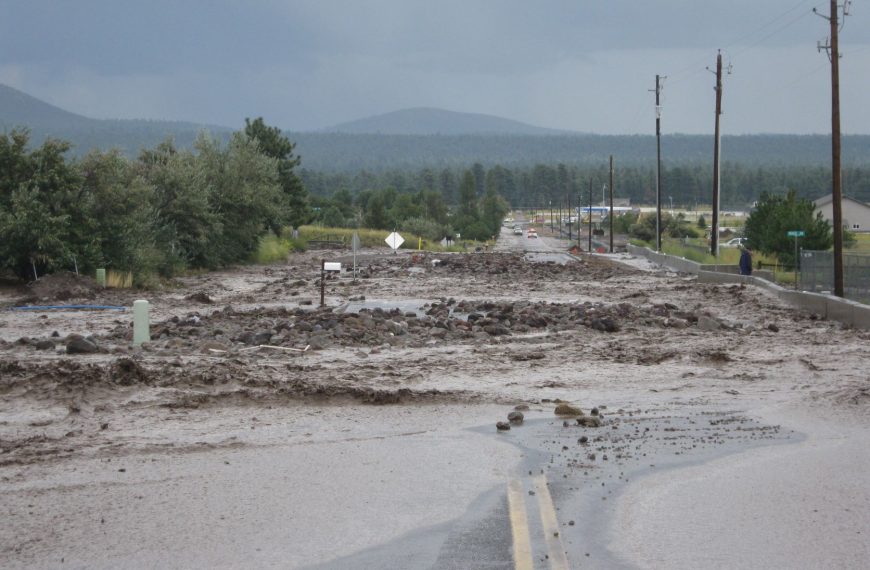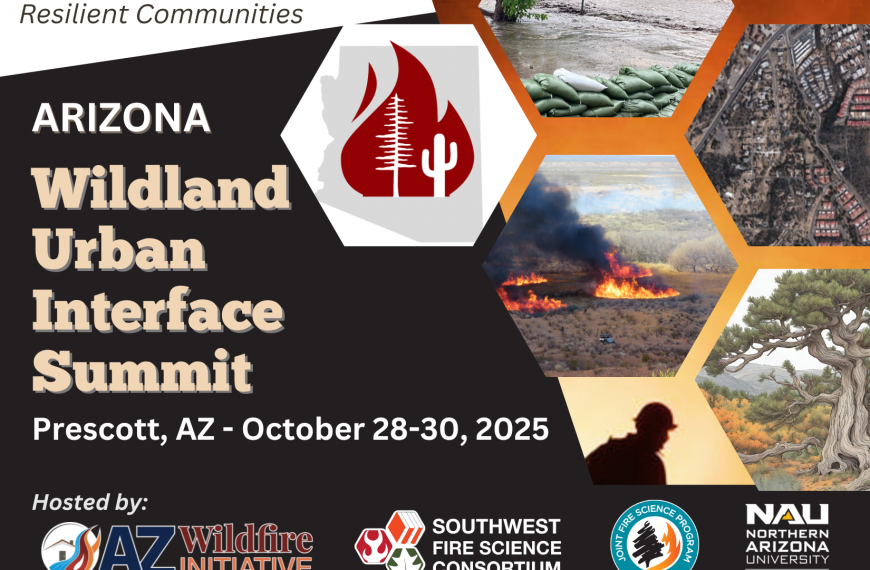Presenter: Dan Neary (USFS RMRS)
Fires are increasing in size, frequency, and severity. Simultaneously, development continues in the wildland-urban interface and the number of people living in or visiting forest areas is growing. Understanding the post-fire hydrologic response of watersheds as observed on the Schultz Fire of 2010, is paramount for effective risk management and mitigation of post-fire hydrologic and geomorphic hazards. Equally important is educating communities that are at high-risk for post-fire flooding and sedimentation hazards. This presentation encompasses research on hydrologic and geomorphic impacts of past fires such as the Schultz Fire, a real-time perspective on recent post-fire hazards and mitigation (including the 2010 Schultz Fire and others) and identifies some high-risk areas where opportunity exists to educate and prepare the public for post-fire hazards before the flames.
Watch and listen to a powerpoint recording.
- Paper: Wildfire, rain, and floods: A case study of the June 2010 Schultz wildfire, Flagstaff, Arizona
- Papers from Fire effects on soil properties: proceedings of the 3rd international meeting of fire effects on soil properties:
- Post-fire rill and gully formation, Schultz Fire 2010, Arizona, USA
- Depositional characteristics of post-fire flooding following the Schultz Fire
- Rock gabion, rock armoring, and culvert treatments contributing to and reducing erosion during post-wildfire flooding, Schultz Fire
- Geomorphic aspects of post-fire soil erosion, Schultz Fire 2010






